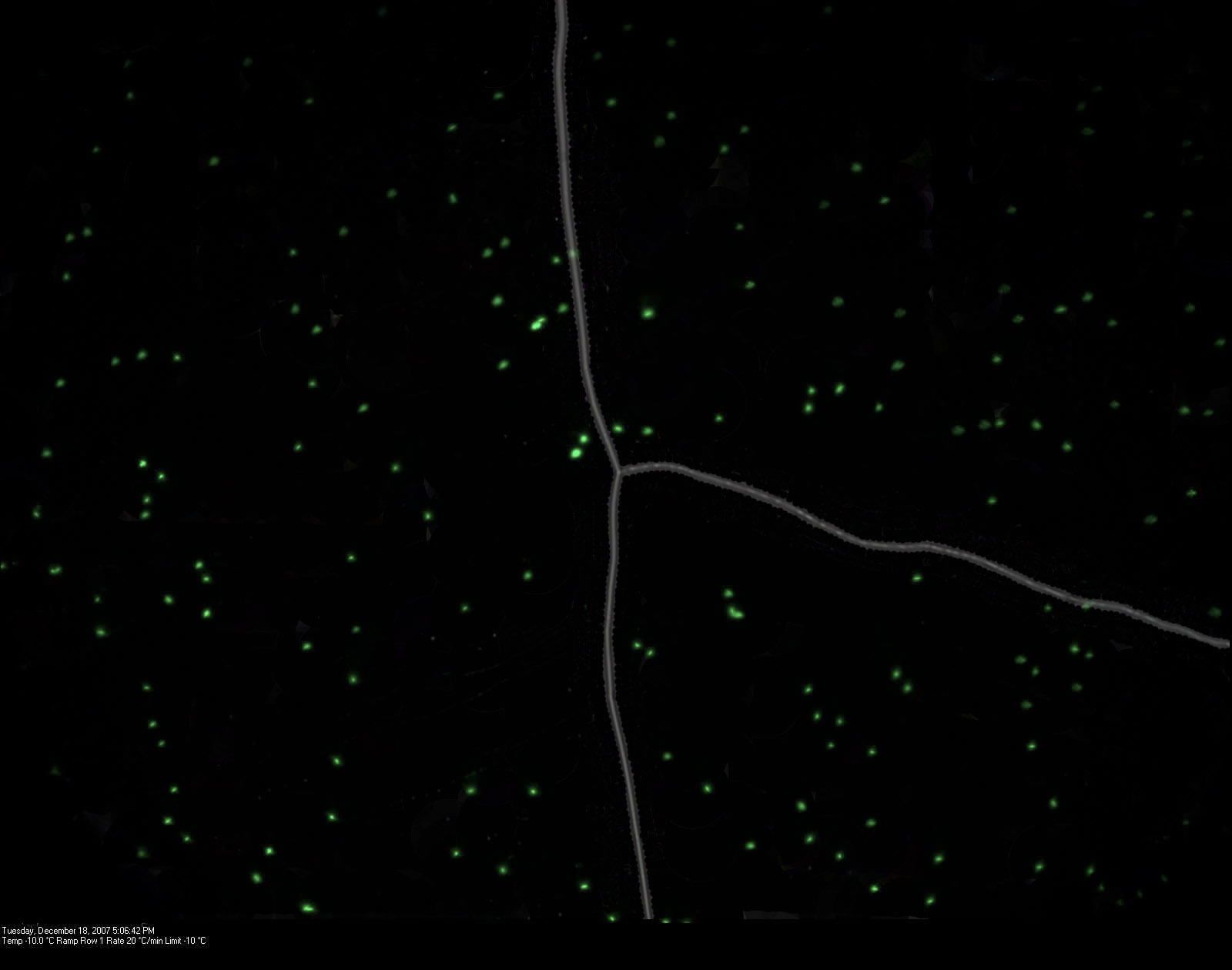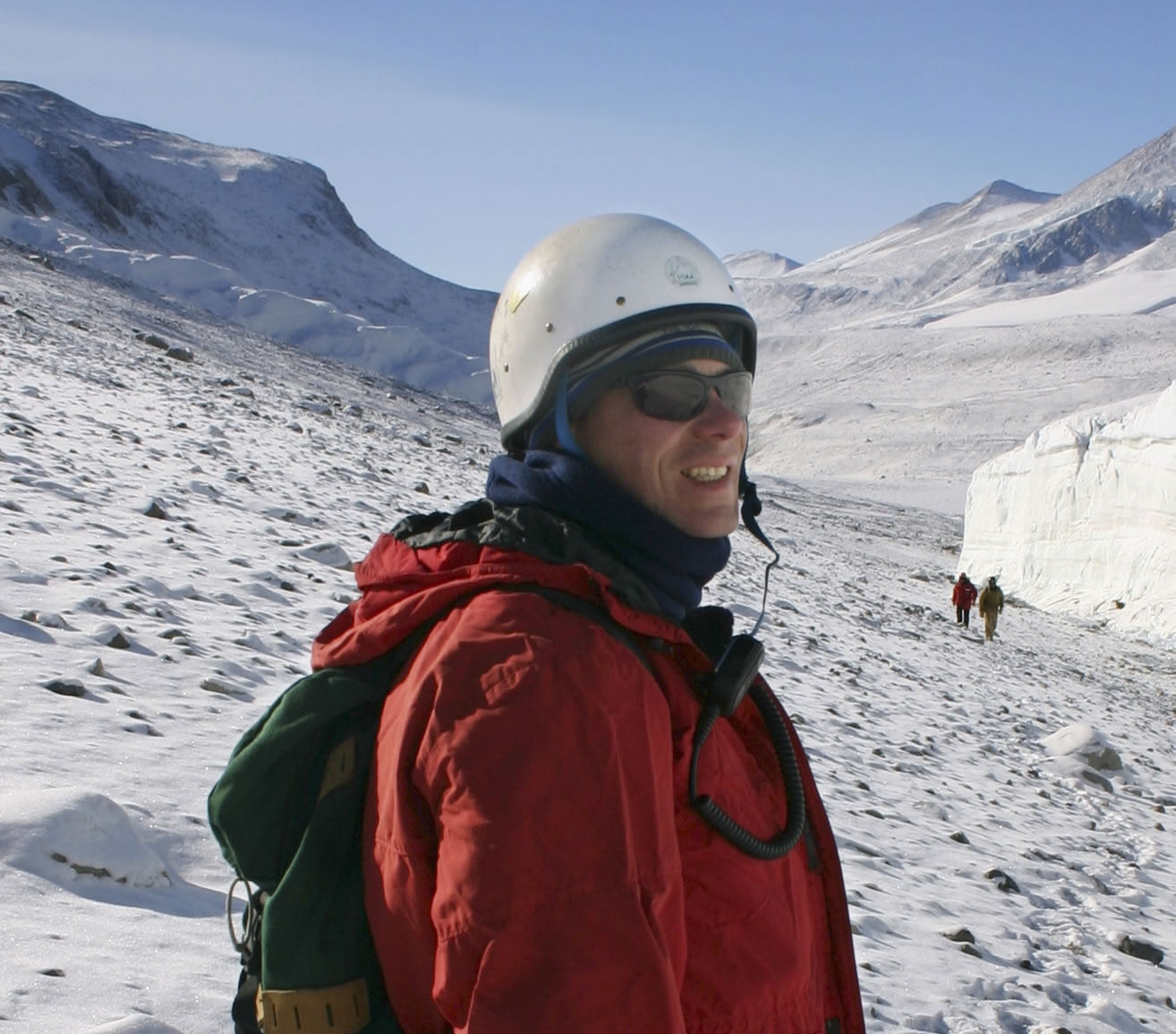Tiny ice crystals form around the bacteria, which attract more water droplets to them and keep growing. When they become too heavy, they fall to the ground in the form of rain

The study was published last week in the prestigious journal Science, and it confirms the bio-sediment theory. Simply put, the study finds a connection between bacteria and rain. According to Brent Christner, the author of the article and a professor of biological sciences at the University of Louisiana, there is a rich reservoir of bacteria in the atmosphere. Tiny ice crystals form around the bacteria, which attract more water droplets to them and keep growing. When they become too heavy, they fall to the ground as rain. The bacteria that survive the process and fall on plants form colonies, and these are carried away by the wind and returned to the atmosphere. This is how the bio-sediment cycle repeats itself.
Although the idea itself was proposed 25 years ago by David Sands, it was not taken seriously by most scientists. In the new study, Chrisner examined precipitation from different regions of the world and showed that the most effective ice nuclei for creating rain are biological in origin. The discovery is of great importance, since the formation of ice crystals in the clouds is necessary for the fall of snow and most precipitation. Dust and soot particles can also catalyze ice nucleation, but biological particles can form ice at higher temperatures.
The research may affect the way we see ecosystems, and how we can change them. Subsequent research and biotechnological developments will be able to reduce the desert areas and increase the creation of rain in the world, with the help of encouraging the bio-sediment cycle. Bacteria growth sites located in windy areas could provide catalysts for the rain to fall. The rain will contain those bacteria that will return to the original growth sites, and thus the cycle will repeat itself.

Similar models have also been proposed regarding the causes of various infectious diseases in humans, such as the influenza virus which is transmitted around the world in different ways. The possibility cannot be ruled out that among the various microorganisms involved in the biosediment cycle, bacteria and viruses that cause human diseases will also be discovered. Mathematical models that will be developed accordingly will be able to predict the migration of infectious diseases in the atmosphere, similar to the way forecasters today predict the coming of rain.
Brent Christner's research sheds new light on the relationship between living organisms and the Earth's climate and provides further evidence of the direct and continuous relationship that exists between us and our environment.

6 תגובות
good to know ,
P.S.- I really like your informative articles.
Thank you !
The wind took them all, the wind will take them (the bacteria)
If this is indeed the case, then slowly, slowly, the connection of air pollution and greenhouse gases to the amount of bacteria in the atmosphere, and the amount of rainfall will also become clear.
Really really interesting…
If this is true, it may be possible to study these germs and make it rain in arid places. You can even take it one step further and check the conditions the germs need and check the possibility of these germs coming into space and even check which stars have the possibility of rain due to the presence of germs. these
The thing is amazing! Every time we discover how much we do not understand the biological systems around us. In this regard, I highly recommend the following EO Wilson talk given at the TED conference:
http://www.ted.com/index.php/talks/view/id/83
(The man, by the way, posted some very interesting things)